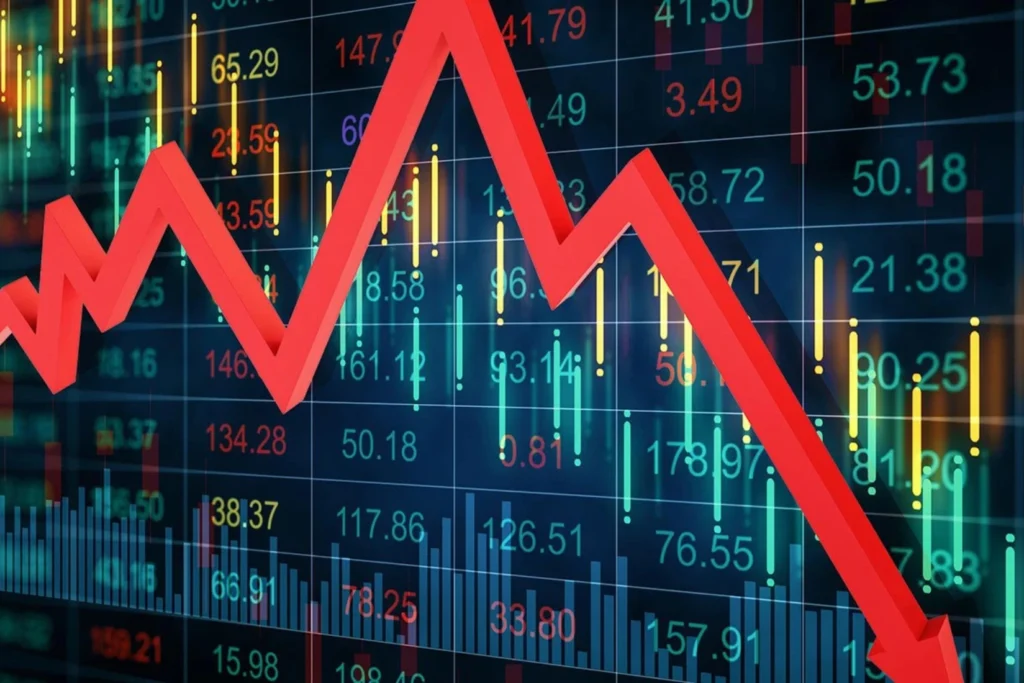Leverage Trading: High Risk, High Reward… or Just High Stress?
May 4, 2025

Leverage trading. It’s one of the most hyped—and misunderstood—strategies in the financial world.
You’ve seen the success stories on Reddit and YouTube. Maybe even know someone who turned a small trade into a big payday. But for every winner, there’s a cautionary tale.
So, is leverage trading a smart move—or a disaster waiting to happen?
Let’s break it down into clear pros and cons, so you can decide for yourself.
What Is Leverage Trading?
First, the basics: leverage trading allows you to borrow capital to increase your exposure in the market. That means you can control a larger position than your actual account balance would otherwise allow.
Example: With $1,000 and 10x leverage, you’re trading as if you have $10,000.
This can magnify returns—but also losses. That’s where the pros and cons come into play.


Pros of Leverage Trading
1. Amplified Gains
The number one reason traders use leverage: to boost profits. A 2% market move could turn into a 20% return with 10x leverage—without needing massive upfront capital.
2. Capital Efficiency
Leverage lets you deploy your money across multiple positions, potentially diversifying your trades while maintaining exposure to large moves.
3. Short-Term Opportunities
For day traders and swing traders, leverage can make short-term strategies more lucrative. You don’t need to wait months for meaningful gains.
4. Profit in Both Directions
Leverage pairs well with short selling. Whether the market is going up or down, skilled traders can find opportunities on both sides.


Cons of Leverage Trading
1. Magnified Losses
Just as leverage boosts gains, it amplifies losses. A small 2% drop in the market with 10x leverage? That’s a 20% hit to your portfolio—instantly.
2. Liquidation Risk
Most platforms have liquidation thresholds. If your trade moves too far against you, your position is automatically closed. You could lose everything in a flash.
3. Psychological Pressure
Even minor price movements feel intense when leverage is involved. That emotional volatility can lead to poor decisions: panic selling, revenge trading, or doubling down at the worst time.
4. False Confidence
A couple of early wins can create a dangerous illusion of mastery. Traders often raise leverage too quickly—only to get burned when markets turn.


Who Should Consider Leverage Trading?
Leverage isn’t inherently bad. But it’s not for everyone. Here’s who might handle it well:
Best suited for:
- Traders with a solid understanding of risk management
- Individuals who can emotionally detach from their trades
- People using capital they can afford to lose
- Those experienced in using stop-loss orders and position sizing
Not ideal for:
- Beginners or impulsive traders
- Anyone looking for a “get rich quick” scheme
- Investors who can’t stomach volatility or sudden drawdowns
Final Thoughts: Should You Use Leverage?
Leverage trading can be powerful—when used wisely. It’s a tool, not a cheat code. For seasoned traders, it offers flexibility and the chance to scale profits. But for the unprepared? It can spell disaster.
Before using leverage:
- Know your limits
- Set clear stop-loss levels
- Start small and scale cautiously
- Never trade money you can’t afford to lose
In short: Leverage trading isn’t about bravado—it’s about precision. Respect it, and it may work for you. Misuse it, and it could be game over fast.
Relevant Link : Leverage Trading Unpacked: A Roundup of Rewards, Risks, and Real Talk

